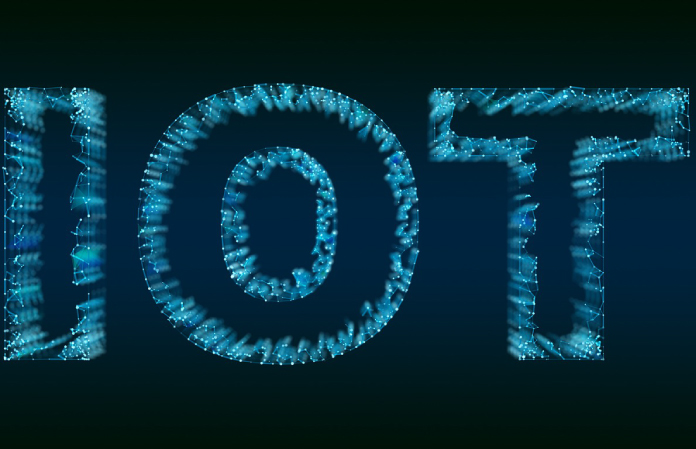Technology alone has not made life easier for humans in the last few years. It has turned the world into a global village where people connect via telephone, laptop, and other computers to facilitate communication and business.
Various sectors of the economy are now using a variety of technologies to simplify activities and automate processes. One such industry is the banking and financial sector, where stakeholders are looking for innovative ways to enhance customer experience while providing better services.
Banks and financial institutions are now using IoT technology to reduce fraud cases, identify risks in advance, stay ahead of rivals and provide better services to their customers.
IoT in Financial Services
In simple terms, the Internet of Things means the initiation and processing of payments on IoT objects, such as clothing, equipment, or vehicles. It is a machine-to-machine pattern, where a person is not a beginner, but when their smart stuff business is possible.
Security Challenges
Data privacy and security
Although the insurance industry has focused on supporting personal IoT individual life and health insurance services, there has been little progress to date collection and confidentiality of important data. The challenge could also be to hold banks and other financial institutions that understand how more personalized customer service can be allowed through IoT, such as using beacons to identify people entering a bank. Customers are worried about what will happen; they can track and utilized it.
Another barrier to the use of clothing to strengthen financial services is the need to partner with other organizations. Financial institutions need to partner with Apple, Google, Samsung and other significant techs to offer any Fintech IoT that provides an interactive experience in a large product ecosystem. It will only complicate data privacy and security.
Data Management
Storage, access, security, and the right to forgetting (for GDPR) work arises with more information coming. In the IoT world, you need to manage data and related security risks at multiple levels, such as mobile apps, cloud platforms and endpoint devices.
Smart devices
Smart devices are not regularly updated, or updates are always periodically reviewed to protect against newly exploited vulnerabilities.
To ensure that their security status is flowing, you need to track and test each update’s global ability. Consider registering automatic updates or deleting unnecessary versions, as customers may omit updates.
Identity Theft
If you’re unsure who the person or organization in other parts of the online business is claiming or who it is, the IoT security battle is lost. Most IoT attacks happen when a compromise can replace an authentication sensor, or when unauthorized access is found and a false signal is sent to a system. To avoid this kind of attack, digital identity needs to create useful online trusts for all connected devices and IoT individuals in an interconnected environment. The introduction of a holistic approach to digital identity and access control achieves this type of online trust.




